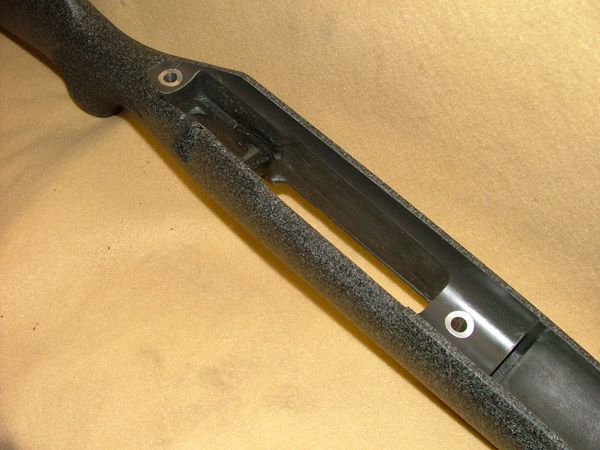Hvydg
Aluminum
- Joined
- Apr 18, 2011
- Location
- Mississippi USA
It's probably a dumb question but I'm gonna ask anyway. Haha. I'm looking for a endmill that will radius the top of pillars to match the 1.350 radius of a 700 action. Any help is greatly appreciated. Thanks.


